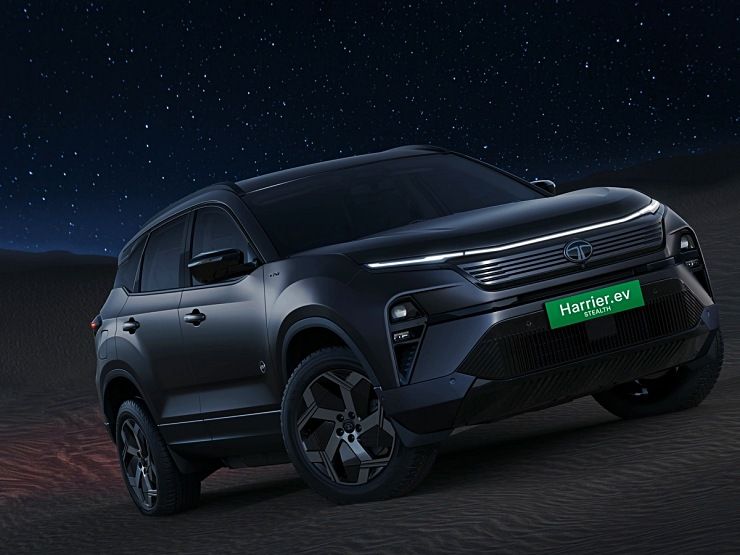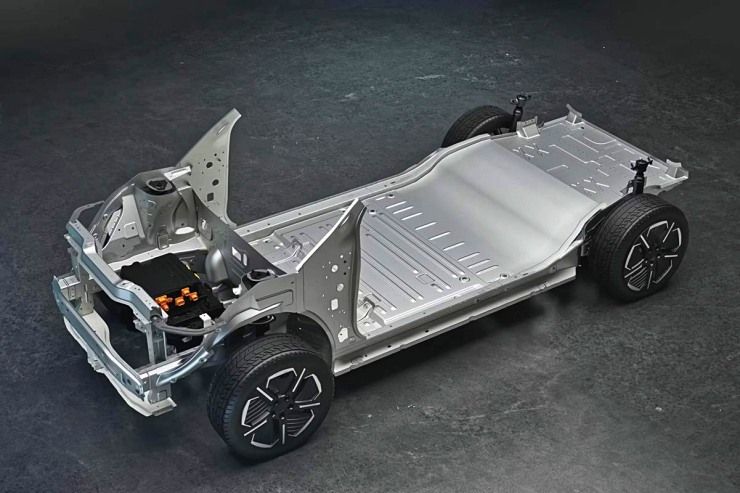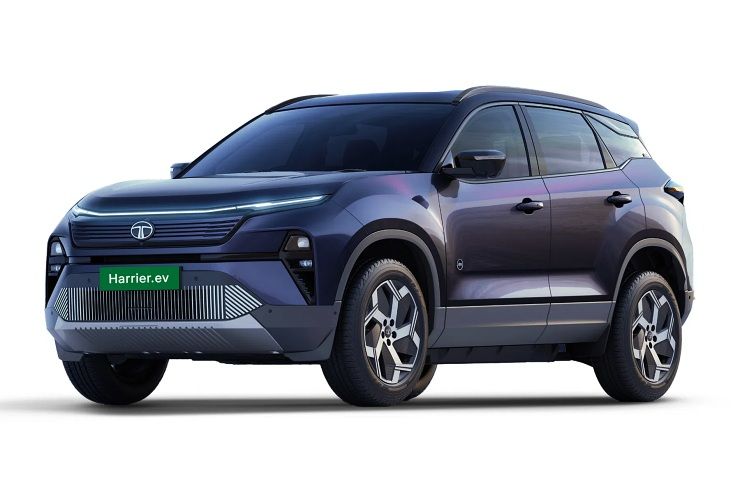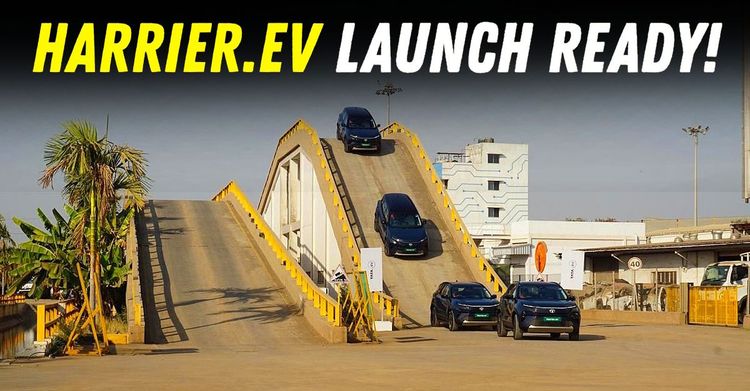Harrier.EV to Launch on June 3: A Defining Moment in Tata's Electric Car Strategy


Tata Motors has officially confirmed the launch date for its flagship electric SUV, the Harrier EV. The vehicle will make its public debut on June 3, bringing with it not just a new product, but a significant shift in Tata’s electric mobility strategy.

The Harrier EV is positioned to be the brand’s most powerful and capable EV to date, with a range of 500 kilometres, dual-motor all-wheel drive, and segment-leading performance figures.
More than just a model launch, this marks Tata’s entry into the premium EV SUV segment, where it will go head-to-head with new-age electric offerings from Mahindra, Hyundai, BYD and others. It also signals a new phase in Tata’s evolving EV journey, one that moves beyond value-driven city cars and into aspirational, lifestyle-oriented vehicles.

The Harrier EV is based on Tata's Gen 2 acti.ev platform and will be the first in its lineup to feature a dual-motor, all-wheel-drive setup. This mechanical layout is expected to deliver a massive 369 bhp and 500 Nm of torque, giving it a substantial power advantage over direct competitors such as the Mahindra XUV 9e Pack 3, which makes 282 bhp and 380 Nm.
With this powertrain, Tata claims a 0–100 kmph time of under six seconds. That’s not just quick for an SUV, but quicker than many petrol-powered rivals in the same price band. The Harrier EV also benefits from multi-link rear suspension which is an upgrade over the torsion beam setup used in the diesel Harrier. This promises to improve both ride comfort and dynamic handling.
Under the floor sits a 75 kWh battery pack that is expected to deliver over 500 km of real-world driving range on a single charge. This puts the Harrier EV in the league of long-range EVs at a relatively accessible price. Other modern touches include Vehicle-to-Load (V2L) and Vehicle-to-Vehicle (V2V) charging capabilities, allowing the car to power appliances or even charge other EVs.

From the outside, the Harrier EV retains the aggressive and upright stance of the ICE Harrier but features subtle tweaks to indicate its electric identity. The grille is blanked out with vertical slats, the LED DRLs get welcome and goodbye animations, and the wheels are aero-optimised. A new ".ev" badge replaces the conventional "Harrier" branding on the front doors.
Inside, the cabin adopts a new grey and white colour scheme, lending it a cleaner, more premium aesthetic. The 12.3-inch touchscreen infotainment system and 10.25-inch digital instrument cluster continue unchanged, accompanied by a panoramic sunroof, JBL audio, dual-zone climate control, and terrain modes. Over-the-air updates and connected tech ensure the SUV stays current over time.

Tata has been a pioneer in the mass-market EV segment, with models like the Nexon.EV, Tiago.EV and Punch.EV capturing volume, but the Harrier EV is different. It represents the brand’s first serious entry into a higher, more aspirational segment. For context, Tata’s electric market share, once at 73 percent, has fallen to 62 percent in 2024 as players like MG and Mahindra scale up.
The Harrier EV is expected to reverse some of that slide by appealing to a new category of buyers, those looking for a family-sized, long-range electric SUV with real performance credentials.
This is also part of Tata’s larger EV vision. By 2026, the company plans to have a portfolio of 10 EVs, backed by a $2 billion investment. The goal is to grow EVs from 12 percent of its total sales today to 30 percent by the end of the decade.
The timing aligns with other Tata Group initiatives. A new $1.5 billion battery gigafactory under Agratas is in the works, and once operational, will reduce reliance on imports and help lower EV costs. The Harrier EV, in many ways, is the bridge product between the brand’s current offerings and the future it’s building towards.

Set to be priced between ₹25 lakh and ₹30 lakh, the Harrier EV enters a competitive zone. Its key rivals include the Mahindra BE.6 and XUV 9e, both based on dedicated EV platforms. The Hyundai Creta EV and Maruti’s upcoming e-Vitara will also target similar buyers, though they are less powerful, and don't offer all-wheel drive.
The Harrier EV’s clear edge lies in its numbers, more power, more range, and a more sophisticated drivetrain. For a prospective buyer, this means less compromise and more of what matters: performance, practicality, and a premium feel. Its ICE sibling already enjoys brand trust and a solid service footprint, both of which will be carried over to the electric version.
Buyers considering the Harrier EV will find a compelling combination of capabilities. The range takes away the anxiety of long-distance travel, the AWD system adds confidence for different terrains, and the multi-link rear suspension hints at a more refined ride.
Moreover, being a Tata product, the Harrier EV benefits from an expanding service and charging ecosystem. As more cities and highways get covered under Tata Power’s charging infrastructure, ownership becomes less about managing compromises and more about enjoying the drive.

The Harrier EV represents a significant product launch for Tata Motors, but whether it sets a new benchmark will depend on real-world performance, pricing, and how well it meets customer expectations.
While the specs look promising on paper, especially in terms of power, range, and drivetrain but it enters a market that is no longer empty or forgiving. Rivals like Mahindra, MG Motors, and even BYD are stepping up their game with credible alternatives.
What could work in the Harrier EV’s favour is the combination of Tata’s EV experience, its widespread service reach, and a customer base already familiar with the Harrier nameplate. It’s not a ground-breaking concept, but it does bring together a number of strengths that could appeal to those looking for a practical, family-sized electric SUV without venturing into luxury territory.
As the segment matures, the real test for Tata will be to maintain momentum and deliver consistent quality and support. The Harrier EV may not change the game overnight, but it could well become an important piece in the larger electric puzzle that Tata Motors is trying to complete.